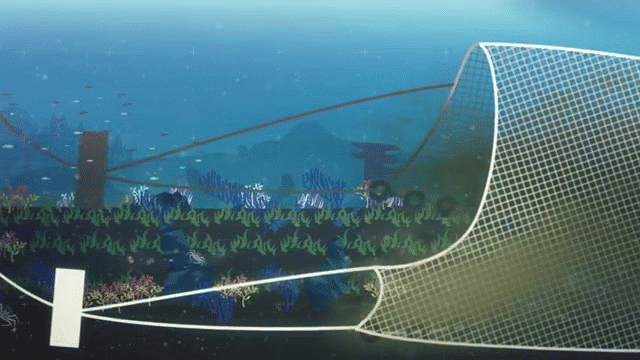Does it hurt?
Prawns have been recognised as sentient in the UK – meaning their capacity to experience feelings and sensations has been acknowledged by law. This recognition was the key recommendation of a recent report commissioned by the UK Government:
We recommend that all cephalopod molluscs (such as octopus and squid) and decapod crustaceans (such as crabs, lobsters & shrimps) be regarded as sentient.
– Review of the Evidence of Sentience in Cephalopod Molluscs and Decapod Crustaceans, London School of Economics and Political Science (UK)
The ability of prawns to feel has been known, but largely ignored, for a long time. A 2012 study into the pain experienced by prawns whose eye was sliced open and crushed or ligated found that both procedures caused prawns to become disoriented, flick their tail (an escape reflex) and rub the traumatised area – all behaviours associated with pain. The ‘ablated’ prawns were also less likely to seek shelter following the procedure, which researchers believe to indicate a degree of stress amongst these animals. The study concluded that:
“These procedures are traumatic not only because of the surgical treatment or ligation but also due to the subsequent discomfort and hormonal changes.”
Scientist Dr Robert Elwood has also studied the way prawns react to negative stimuli and concluded that their behaviour was “consistent with the interpretation of pain experience.”
What’s more, studies have found that prawns and other crustaceans are able to see polarized light, which humans can’t. This superior vision helps them with navigating through water, seeing transparent or silvery prey, and avoiding predators. Destroying a prawn’s eye not only destroys the hormonal gland moderating their reproduction, but impacts their vision as well. In a crowded farm environment, impaired vision is likely to increase the stress on these animals.













